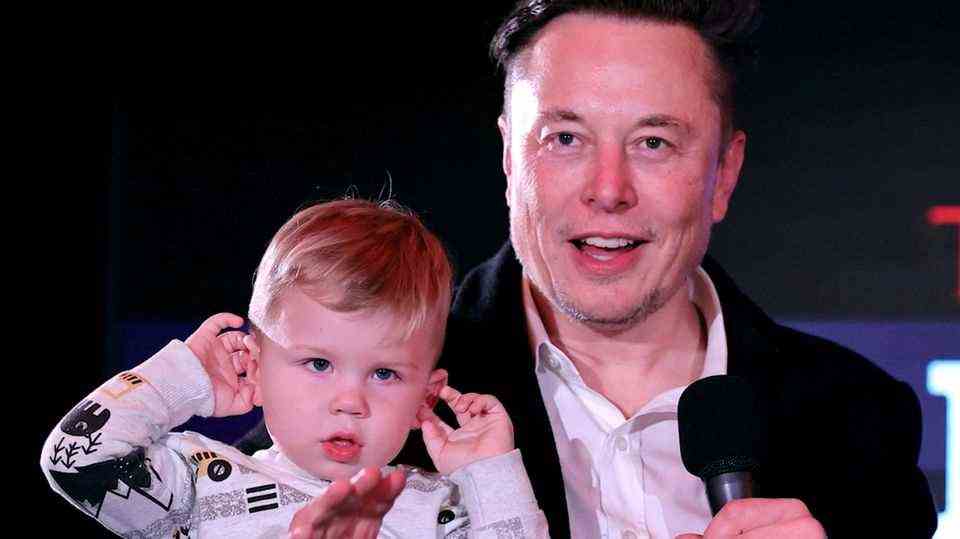Brain interface
Straight from the brain into the net: a paralyzed man sends a tweet via an implanted chip
The neural connections are intended to tear down the barrier between humans and computers
© DKosig / Getty Images
Typing, swiping or dictating – every interaction with a computer or smartphone used to require physical effort. This could be omitted in the future. A brief tweet represents an impressive milestone on the way there.
“No keystrokes or voice inputs necessary. I created this tweet by just thinking it” – Philip O-Keefe sent this tweet on Thursday. And sums up the little sensation right away. Because the tweet of the paraplegic 62-year-old came straight from a chip in his brain into the network. It could just be the first of many.
The Australian is one of the first people to be able to interact with a computer through a chip implanted directly in the brain. O-Keefe has amyotrophic lateral sclerosis, better known as ALS. The nerve disease ensures that the muscles continue to shrink and stiffen in the process. In April last year, O-Keefe’s condition had deteriorated so much that he could no longer live alone. And he decided to risk the risky surgery.
“Like riding a bike”
To minimize the risk, the chip was brought into the brain via a carotid artery and put into operation there. With the help of a complex system of cameras that evaluate his eye movements and his thoughts, he has since been able to operate computers without having to rely on conventional input methods such as keystrokes, mouse or speech.
“I just have to think about where I want to click on the computer,” said O-Keefe, according to Synchron, which developed the connection to the brain. “It’s a bit like riding a bike. You have to get used to it, but once you’re inside it feels very natural.”
The tweet is an advertising campaign of the company, O-Keefe took over the Twitter channel of the company boss Thomas Oxley. In fact, O-Keefe uses the chip for more useful things in everyday life. “I can use it to send e-mails, online banking, shop and now tweet,” says O-Keefe. He can use the emails to talk to his family and colleagues. And even simple games like Solitaire as a pastime are included.
Fight for the way into the brain
Synchron is not alone with the idea of networking computers and the human brain. Tesla founder Elon Musk also wants to establish such a connection with his company Neuralink. The company’s first experiments had a monkey play simple computer games over it at the beginning of the year, and the first experiments on human test candidates are planned for next year.

The direct interface to the brain, the brain-computer interface, or BCI for short, is considered a major step towards lowering the hurdles when using computers. This is not just about supporting physically impaired people, even if the technology could be extremely promising for paralyzed people in particular.
Elon Musk, for example, is convinced that people only have a chance to keep up with artificial intelligence through a direct connection via the brain, he explained in an interview with the then Alibaba boss Jack Ma in 2019. Computers could think a million times faster than we do. “Human language sounds like whale songs to them”. We could only begin to keep up with a neural connection. He does not see any moral concerns. “We’re so closely connected to our smartphones that we’re cyborgs anyway.”
Source: Twitter, Synchronous


